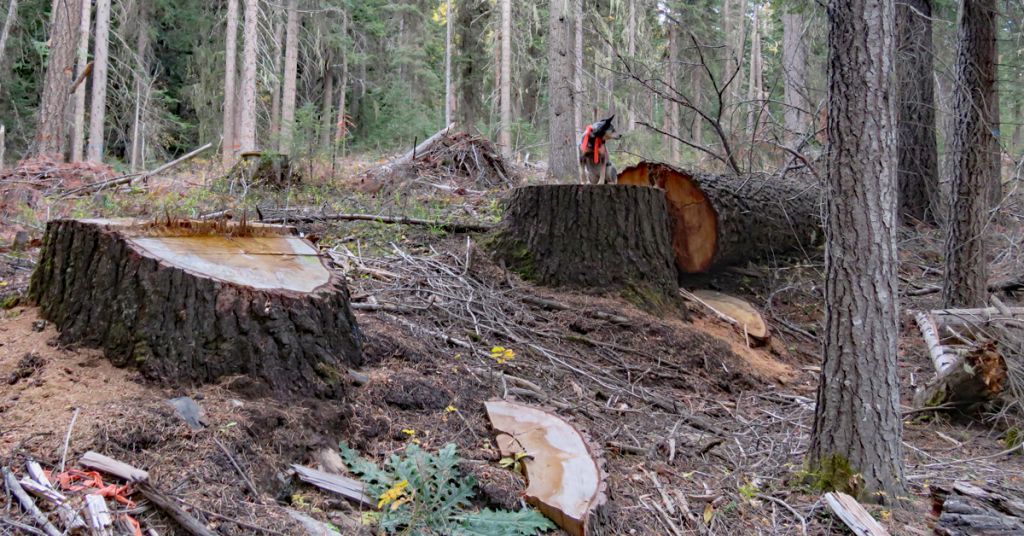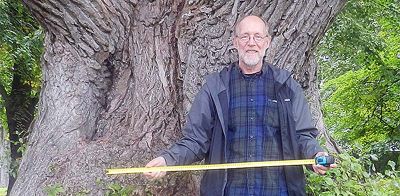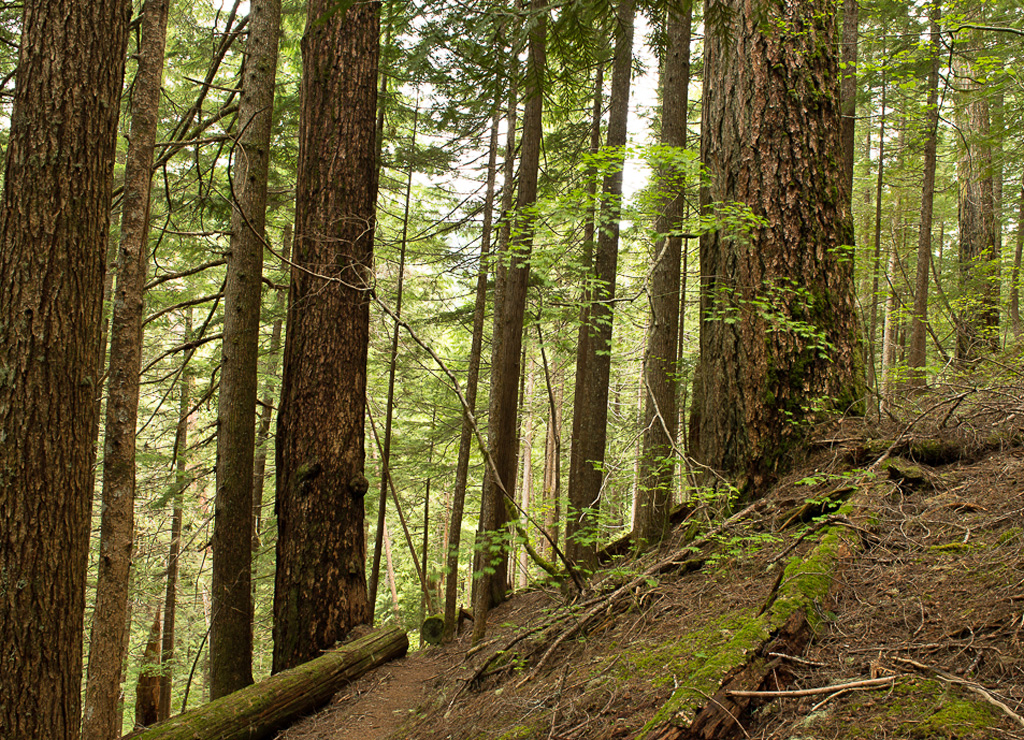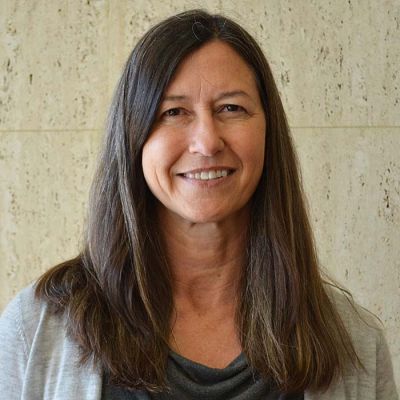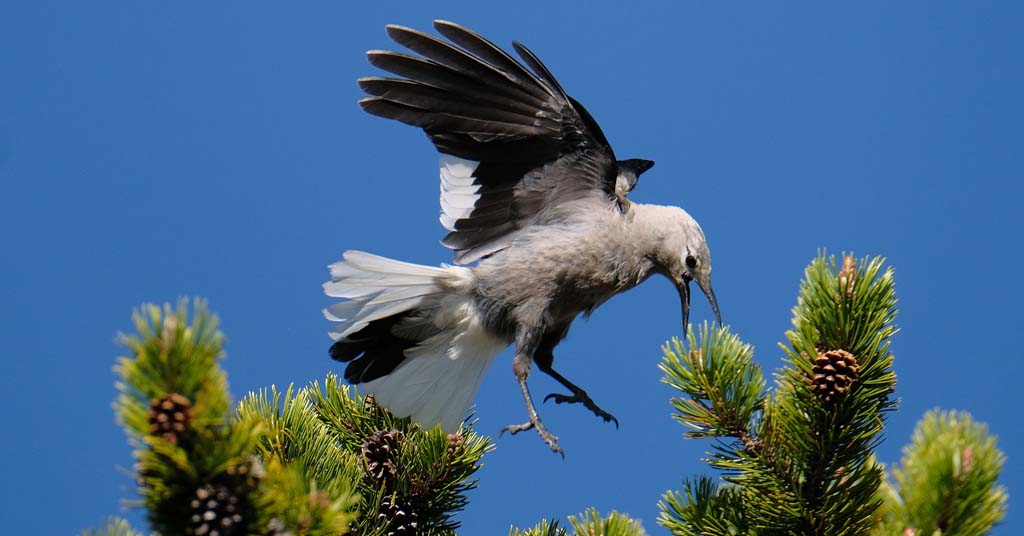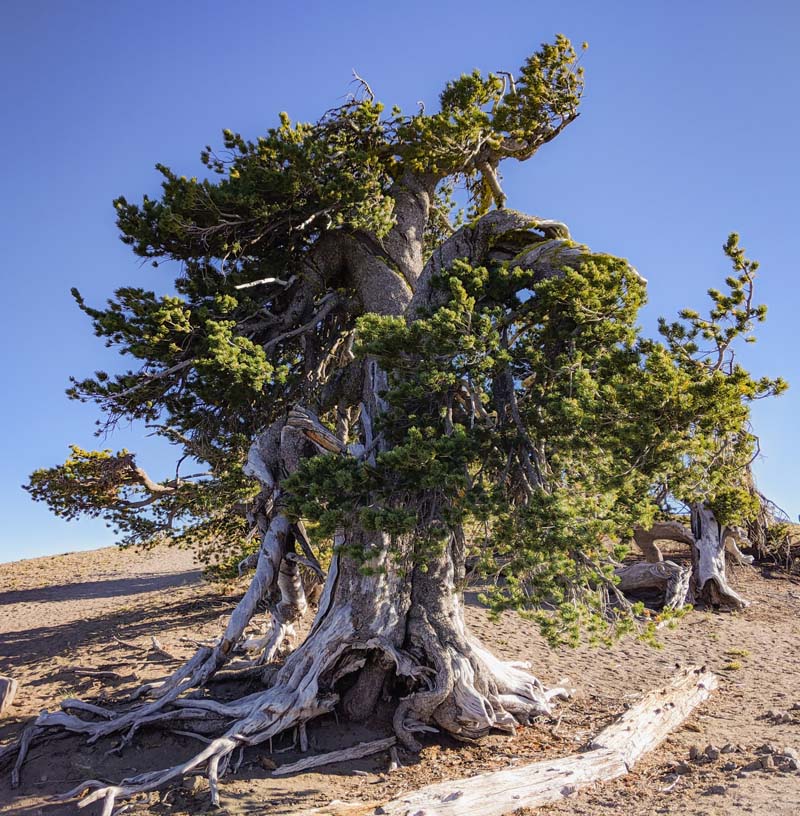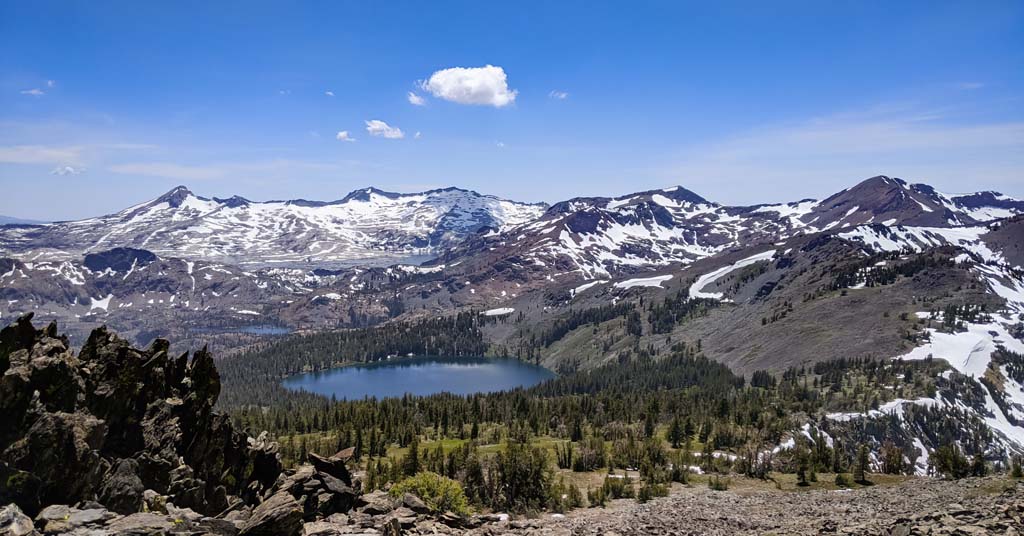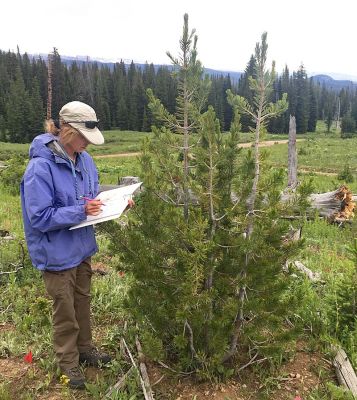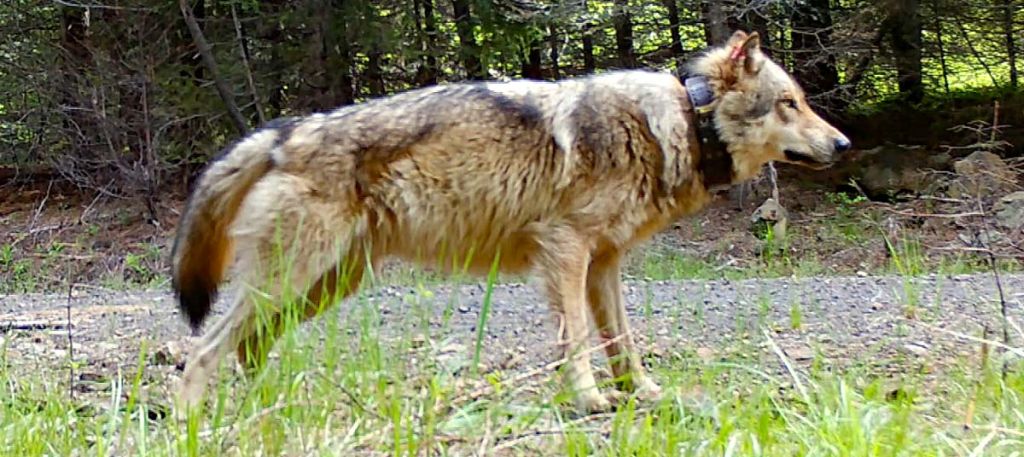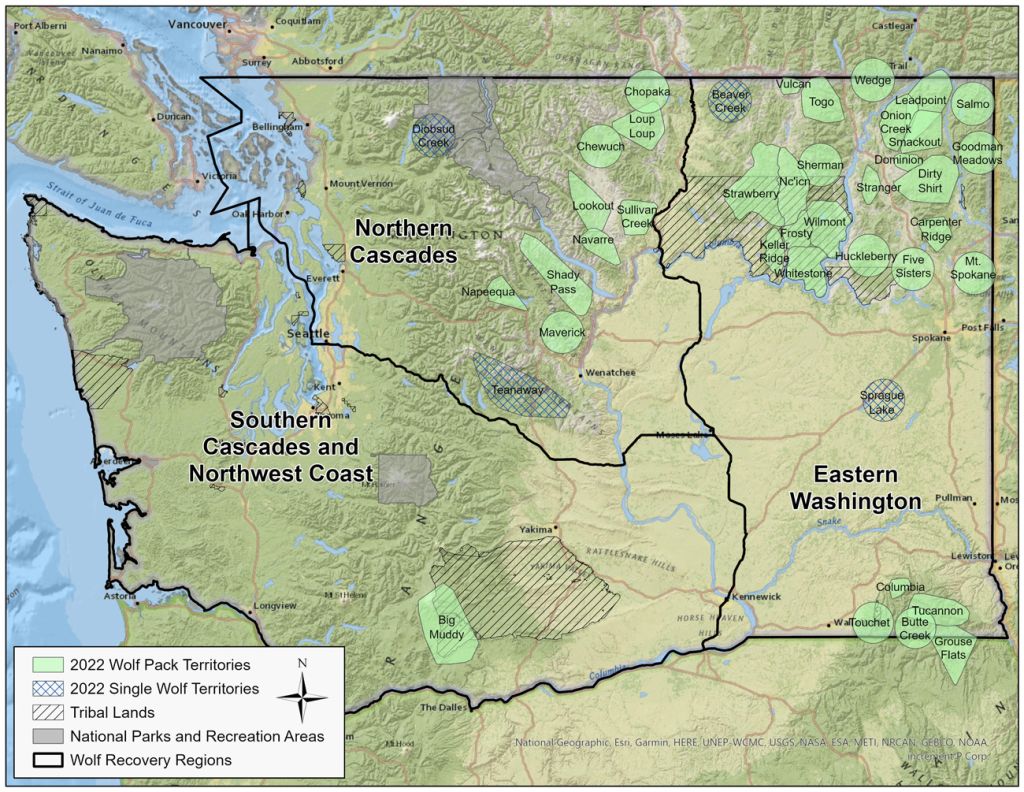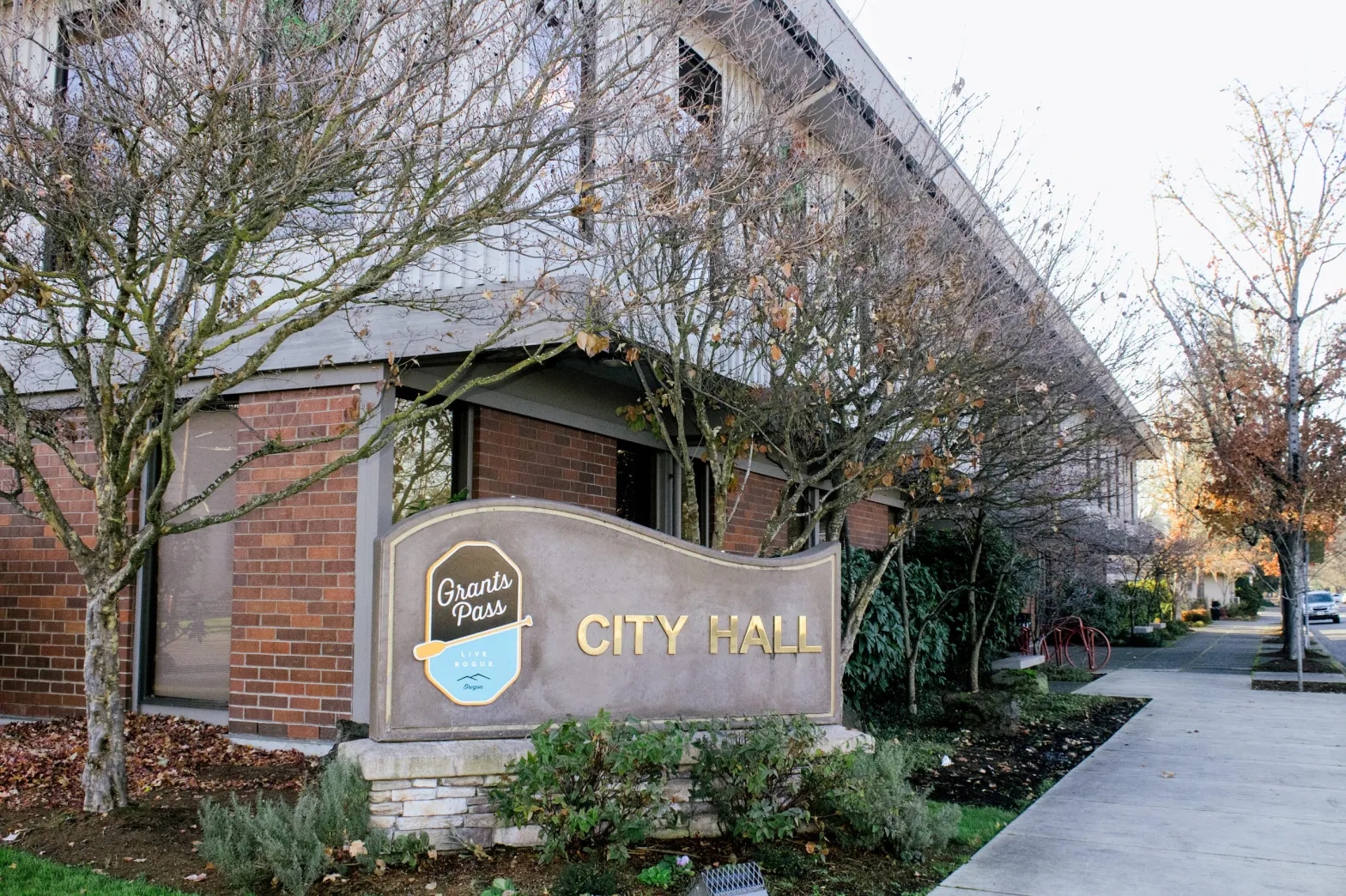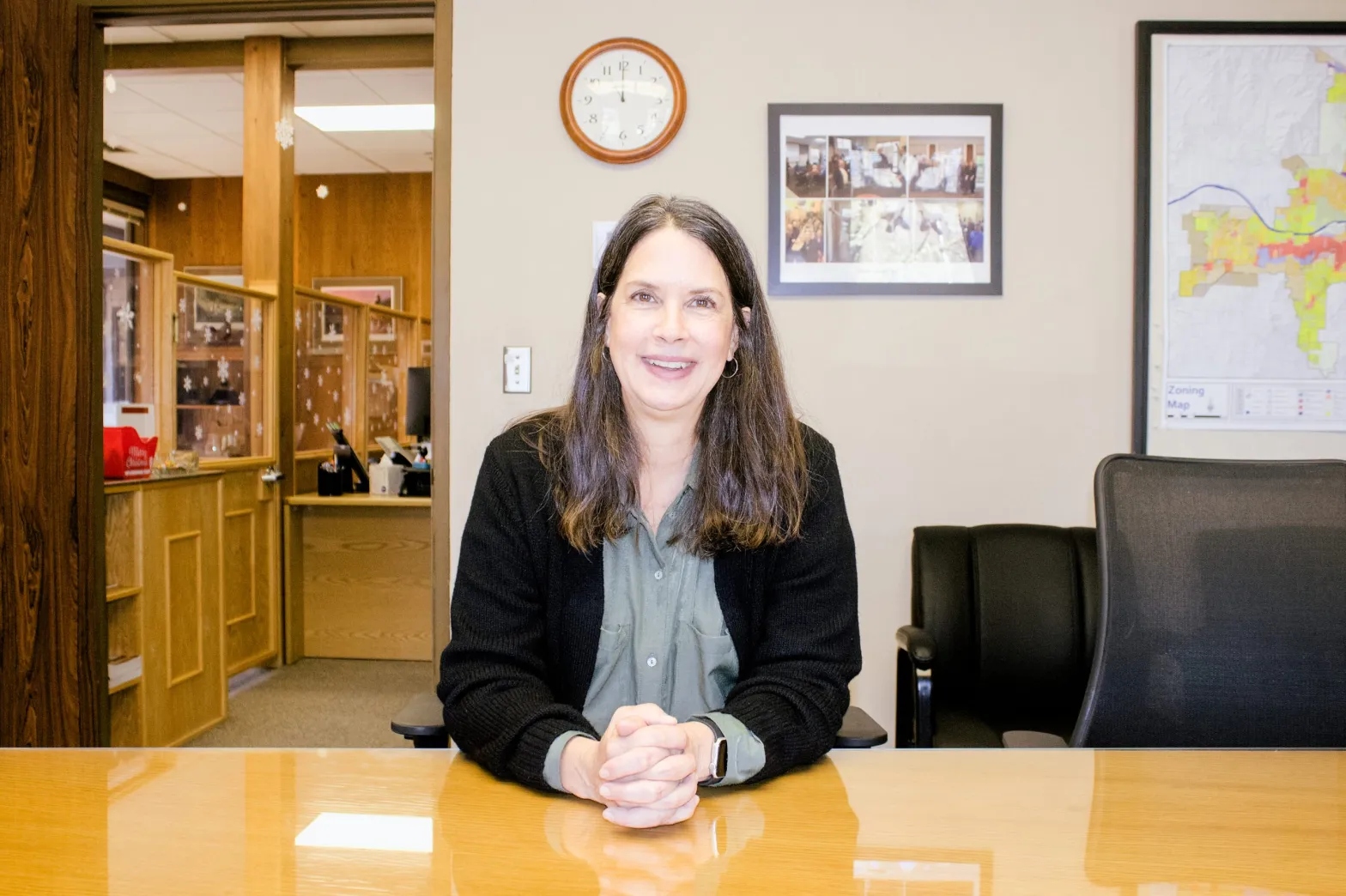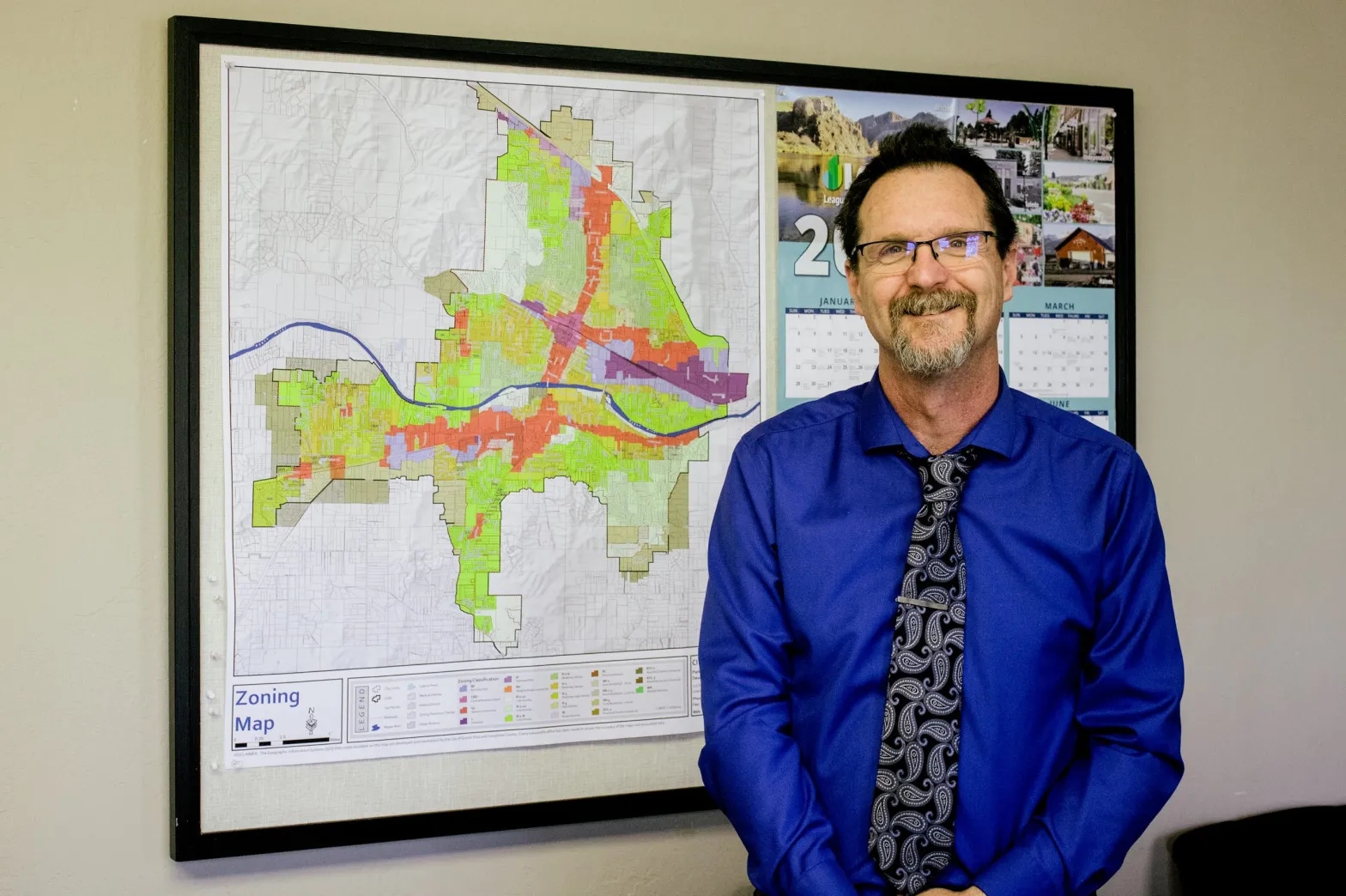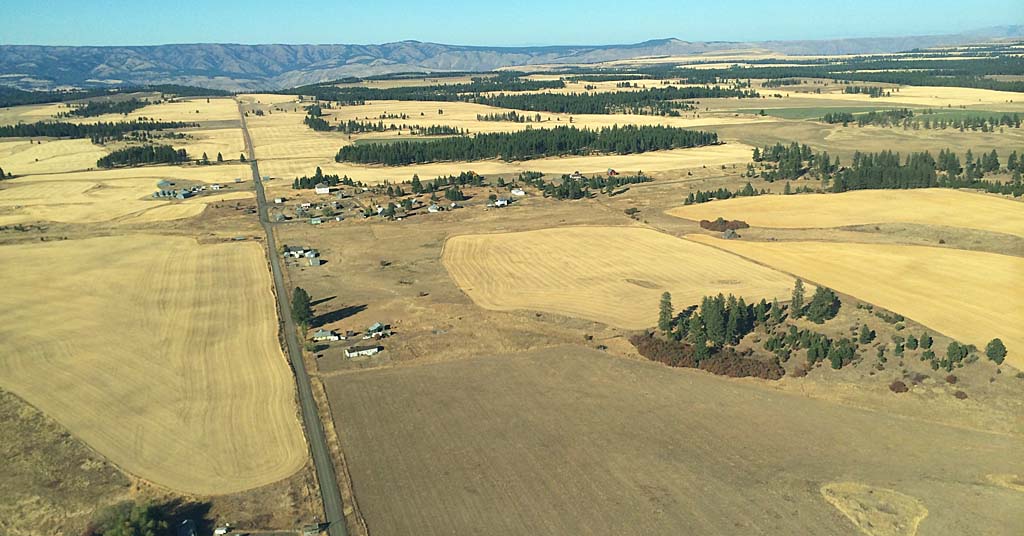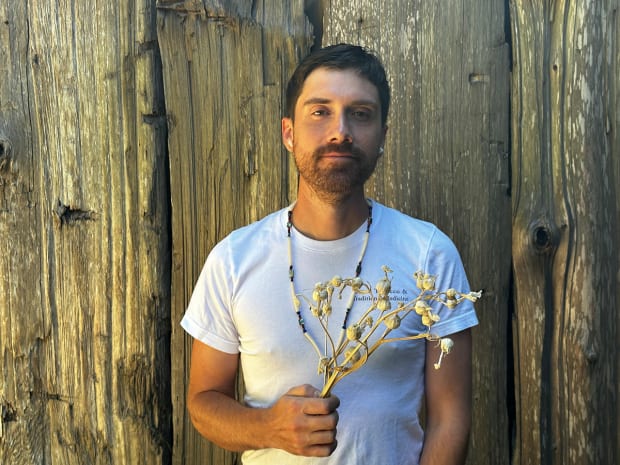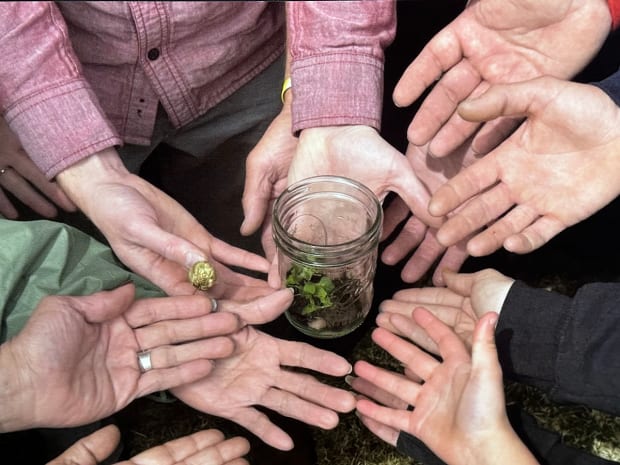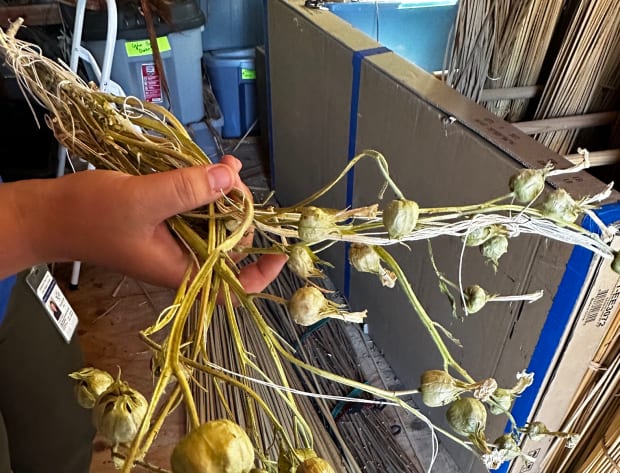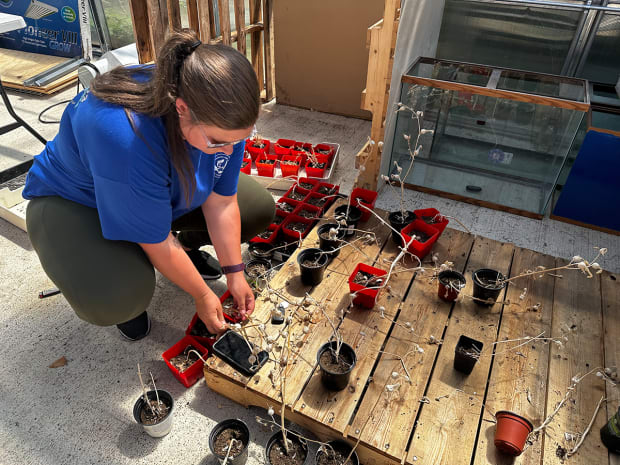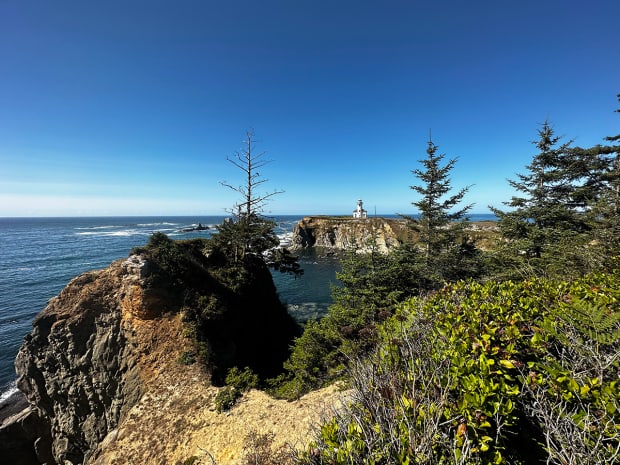Supreme Court gives cities and towns power to criminalize homelessness
On Friday, the U.S. Supreme Court ruled that cities and municipalities can punish people for sleeping outside, even when they have nowhere else to go. In the case of The City of Grants Pass v. Johnson, the conservative majority sided in a 6-3 decision with Grants Pass, a small city in southern Oregon, finding that its broad public camping ban did not amount to cruel and unusual punishment
“This is the single most important case on homelessness in the past few decades,” said Nisha Kashyap, an attorney at the Lawyers’ Committee for Civil Rights of the San Francisco Bay Area. The organization, which joined several others in writing an amicus brief to the Supreme Court supporting the rights of unhoused people in Johnson, called the decision “devastating”.
“The decision risks opening the door to a whole slew of punitive measures that cities could enact in an effort to just push unhoused people out of their communities,” Kashyap said.
“This is the single most important case on homelessness in the past few decades.”
Writing for the majority, Justice Neil Gorsuch wrote that fines imposed by Grants Pass on people sleeping outdoors did not “qualify as cruel and unusual,” and thus did not violate the Eighth Amendment.
Gorsuch referred to briefs written by California Governor Gavin Newson, mayors of several Western cities, and conservative-led states, wherein city officials wrote that they need to be able to enforce public camping bans as part of the “full panoply of tools in the policy toolbox” to “tackle the complicated issues of housing and homelessness.”
The ruling removes a narrow but critical provision that had barred some Western states from fining, ticketing and jailing homeless residents for public camping when adequate shelter was unavailable. The decision comes as large cities across the West, facing an escalating crisis in homelessness, have passed a slew of anti-camping ordinances. Following the Supreme Court’s decision, such cities could pass stricter anti-camping ordinances.

Justices Sonia Sotomayor, Elena Kagan and Ketanji Brown dissented. In her dissent, Justice Sotomayor wrote that Grants Pass’s camping ban effectively criminalizes people for sleeping, a “biological necessity.” She wrote that the majority focuses “exclusively on the needs of local governments and leaves the most vulnerable in our society with an impossible choice: Either stay awake or be arrested.”
The Court did not rule out the possibility that the Grants Pass ordinances violate other protections afforded to unhoused people under the Eighth Amendment, such as the Due Process Clause or Excessive Fines Clause, affirming that the decision is narrow and does not give cities unchecked power to criminalize homelessness, Kashyap said.
The Supreme Court also overturned Martin v. Boise, a previous 9th Circuit decision that found that imposing civil penalties for camping when homeless residents lack access to any shelter amounts to cruel and unusual punishment. In the opinion, Gorsuch wrote that homelessness is not an involuntary condition and is not subject to Eighth Amendment protections.
“Anything that weakens Eighth Amendment protections is really, really concerning,” said Kashyap, echoing the response from housing advocates.
In a press briefing on the day of the decision, Ed Johnson, director of litigation at the Oregon Law Center and lead counsel for the respondents in Grants Pass v. Johnson, said the “troubling decision that is legally and morally wrong,” and could potentially worsen the homelessness crisis. Johnson has no relation to Gloria Johnson, one of the plaintiffs in the case.
GRANTS PASS IS a city of 40,000 people with a vacancy rate of 1%; roughly 600 of its residents experience homelessness at any given time. There is one shelter, the Grants Pass Gospel Rescue Mission, which has 138 beds. It is a high-barrier shelter, meaning that people who want to stay there are required to work full-time at the Mission, remain sober and attend church services daily. People who cannot or choose not to meet these strict requirements cannot stay there.
In a 2013 meeting, Grants Pass City Council members said they deliberately sought to adopt laws that would keep homeless people from staying in the city.
“The point is to make it uncomfortable enough … in our city so (homeless people) will want to move on down the road,” said Lily Morgan, the then-city council president. The same year, Grants Pass started enforcing a 24-hour camping ban. Law enforcement officers began aggressively ticketing unsheltered people city-wide, often fining them hundreds — even thousands — of dollars.
Helen Cruz, for example, was fined $2,000 for sleeping in a public park. Cruz had lived in Grants Pass for four decades before she lost her housing in 2016. Even though she was working two jobs, as a house cleaner and at a motel, she couldn’t afford the city’s steep rent.
“The community around here is scared,” Cruz said, who is currently living in a church. She added that she feels like her elected officials “have no kindness and compassion for the homeless.”
In 2017, the Oregon Law center filed a class action lawsuit on the behalf of Debra Blake, an unhoused resident of Grants Pass, who passed away in 2021. Gloria Johnson and John Logan stepped up as class representatives. In 2020, the San Francisco-based U.S. Court of Appeals of the Ninth Circuit sided with the plaintiffs.

In the past few years, many cities in the 9th Circuit’s jurisdiction — which includes California, Arizona, Nevada, Idaho, Montana and Washington, as well as Oregon — refrained from fining, ticketing and arresting individuals for sleeping in public, legislating with the lower court’s decision in mind. Now that the ruling has been overturned, Western cities like Bozeman, Montana, will be able to pass stricter ordinances.
“(This decision) removes the most basic protections that recognize the humanity of homeless folks,” Rankin said.
This has raised concerns among lawyers and housing advocates about an uptick in local anti-camping measures following the ruling.
In cities outside of the 9th Circuit that already have camping bans, such as Denver, legal protections for unhoused people will be unchanged, although Denver’s current policy is to offer shelter before sweeping residents.
But “it sends a very strong message that cities can choose to be less compassionate,” said Cathy Alderman, the chief communications and public policy at the Colorado Coalition for the homeless in Denver. “The ruling is basically saying, ‘Unhoused people, we owe you nothing.’”
Several ongoing, high-profile lawsuits involving homelessness also won’t be affected, including one in San Francisco, where a U.S. District Court judge in Oakland barred the city from destroying belongings and taking away tents from people living in encampments.
In Grants Pass and elsewhere, the material reality for homeless individuals will change very little, according to housing advocates. Sara Rankin, a professor of law at Seattle University and head of Seattle’s Homeless Rights Advocacy Project, stressed that the scope of Grants Pass v. Johnson is very narrow. Even before the ruling, cities could still legally sweep encampments and fine and arrest unhoused people. That hasn’t changed anywhere in the country. Under the previous decision, for example, unhoused residents in Grants Pass were still required to move every three days.
Now, “folks might have to disperse and leave the city. It might make it harder for us to find folks,” said Leah Swanson, the operations coordinator at MINT, a public health outreach organization in the Grants Pass area.
Jodi Peterson, the director of Interfaith Sanctuary Community Housing, a low-barrier shelter in Boise, said that the 9th Circuit’s decision on Martin v. Boise has had an impact, albeit a small one. It has not prevented the city from conducting daily sweeps, but it has created some stopgaps; now, for example, law enforcement is required to call the shelter to see if it has any beds before they ticket an unhoused person.
In the long term, experts expressed concern that additional local resources and public funding will be funneled into criminalizing homelessness, rather than in housing people in the first place. “There’s a lot of data saying that criminalizing unhoused people doesn’t work,” said Ann Oliva, the CEO of the National Alliance to End Homelessness, adding that criminalizing unhoused people only retraumatizes them and makes it harder for them to eventually find stable housing. “Criminalization is actually more expensive than just housing people.”
Legal experts and advocates stressed that the court’s decision will not address the homelessness crisis in the United States. In the long term, affordable housing is the solution, but “we need interim strategies, things like housing-focused shelter, making sure that outreach is robust, and keeping people as safe and healthy as possible,” Oliva said.
“We may not have a home, but we’re still people. We deserve to be respected, just like anybody else does,” Cruz said.
The post Supreme Court gives cities and towns power to criminalize homelessness appeared first on High Country News.
